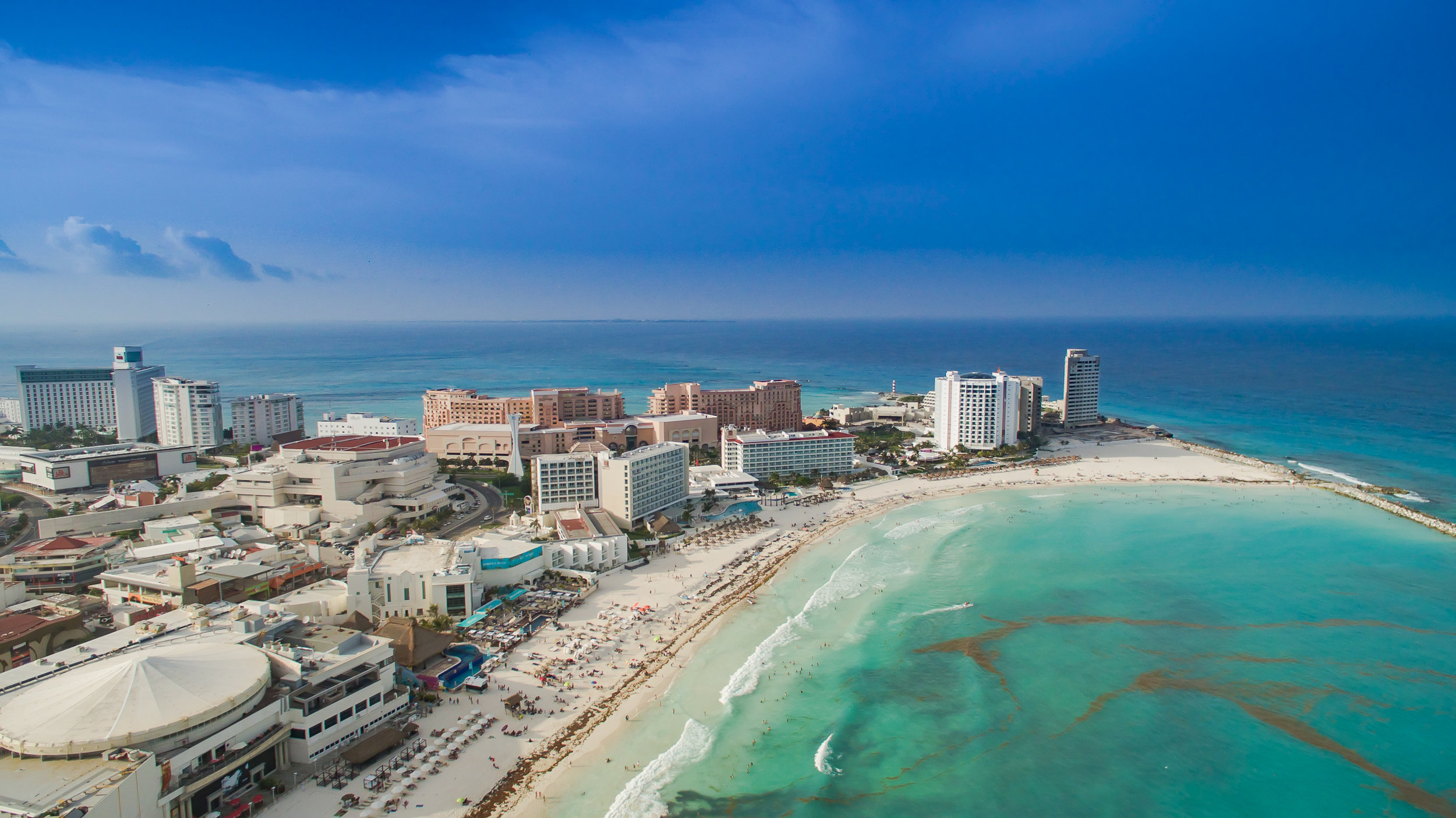On August 21st, the first coast-to-coast solar eclipse since 1918, will move across the United States. Up to 7.4 million people are estimated to travel to cities and towns in its path. To find out the science behind the eclipse, I spoke to Brian Jackson, Assistant Professor of Physics at Boise State University.
"The solar eclipse is very simply when the moon covers up the disk of the sun," says Jackson.
The moon leaves a large shadow on the earth's surface 70 miles across, this is called the path of totality.
"It can be like night, temperatures will drop, the stars will come out. It will be a pretty striking event," Jackson explained. "The total eclipse will last about two minutes, but the exact amount will depend on where you are in the path of totality."
Over 12 million lucky people already live in this path and won’t have to travel to experience the eclipse
"This eclipse is going to be unique because it crosses over the entire width of the United States. And through a lot of very populated areas," says Jackson. "Anyone in or near the path of totality should expect a lot of visitors around August 21st."
Major cities like Nashville, Tennessee to smaller ones like Columbia, South Carolina will go completely dark. The last eclipse of this size to pass through the US was 99 years ago, but worldwide these events aren't that rare.
"Eclipses roughly happen every year and a half," according to Jackson. "But usually the track of the eclipse is out over the ocean somewhere. So, you have to spend a lot of money on a cruise ship if you want to go see it."
Nasa has a great website with an eclipse tracker that can tell you the exact second it will go dark based on your location, but how long have scientists been able to make these predictions?
"We’ve been able to make pretty accurate eclipse predictions going back hundreds of years," says Jackson. "There was a pretty famous eclipse in 1715, the timing of which was predicted by Edmond Halley to a precision of four minutes."
During the eclipse, Jackson warns against looking directly at the sun without the proper equipment.
"You should not look at it without the proper filters," he says. "However, getting a hold of the proper filters is very easy. You can get a hold of what’s called eclipse shades for a buck a piece online. You want to get them from a reputable vendor though."
Now for some people not expecting the eclipse to happen, it may be a shocking event, but what about for animals?
"Animals will notice this eclipse. There are stories where wild animals bedding down fo the night, because as far as they know the night has begun. So there are stories where hippos go back to where they nest for the night. Birds will go back to their nests to sleep. Animals definitely notice this and they can become very confused. But as far as I know there is no harm to the animals."
State Department Warns of Tainted Alcohol in Mexico
The State Department this week issued a travel warning to Americans heading to Mexico. The warning comes after an unusually high number of incidences involving “tainted” or “substandard” alcohol. Including the death of a 20 year old Wisconsin woman.
The Milwaukee Journal Sentinel’s reporting into the woman’s death prompted other vacationers to contact the paper. Many claimed similar experiences with alcohol at the Iberostar Resort in Cancun.
Some said they only had one or two drinks before losing consciousness. When they woke up hours later, they had no recollection of what happened.
Naked Passenger Delays Flight
A passenger on Spirit Airlines, home of the bare fare, took the tagline a bit too seriously.
Last Saturday, a flight from Las Vegas to Oakland was delayed after a passenger removed all of their clothes. Police officers and first responders at the McCarran International Airport were called last Saturday to reports of a naked man walking down the aisle.
The incident occurred as the plane was boarding, causing the flight to be delayed for thirty minutes. The man was removed from the aircraft and received medical treatment The flight made up for some lost time, arriving about 20 minutes late.
Shrinking Plane Seats Could Pose a Safety Risk
Alex: Legroom has been taking a hit as airlines try to squeeze another row into their planes, but not if a Consumer Advocacy Group, gets their way.
Last week the US Court of Appeals ordered the Federal Aviation Administration to adequately address a petition about the safety of shrinking airline seats. Consumer advocacy group, Flyer’s Rights, filed the petition, claiming the lack of space could make it harder for passengers to evacuate in case of an emergency.
According to Congressman Steve Cohen, a democrat from Tennessee. as seats grew smaller, Americans grew larger.
"Seats used to be 18 inches in width and now they’ve gone 16 and a half," Cohen said. "The average man in 1960 weighed 166 pounds and the average woman 140. Now the average man is 196, that’s up 30 pounds, and the average woman 166, that’s up 26 pounds."
Cohen also claimed that cramped conditions on aircraft can pose health risks. Like a higher chance of developing blood clots, which have the potential to be fatal.
Like Flyer’s Rights, Cohen is also trying to address this issue. Last year he introduced the SEAT ACT, a bill that would have set a minimum standard for the size, width, and pitch of seats, as well as the amount of leg room, and width of the aisles.
The Seat Act failed to pass, but this year Cohen successfully included a version of the bill as an amendment into the FAA Reauthorization Act.
No date yet on when the bill will come up for a vote or when the FAA will address the Court of Appeals’ ruling, but we’ll keep you posted.
Switzerland Builds World’s Longest Pedestrian Suspension Bridge
Image via KEYSTONE Video/YouTube.
Switzerland has just opened the World’s Longest Pedestrian Suspension Bridge.
The 1621-foot-long Charles Kuonen Suspension Bridge is located in the Swiss Alps. Hikers can see views of the famous Matterhorn peak, as well as the Weisshorn and Bernese Alps.
The new steel bridge cuts down a hike through the valley from three hours to ten minutes.
2028 Summer Olympics are coming to Los Angeles
This week, Los Angeles won a bid to host the 2028 Summer Olympics.
This ends a 32-year gap in the Summer Games being hosted in the U.S. We spoke with Newsday Sports Columnist Neil Best to get his take.
"To me LA is great option and I remember in 84 when everybody was freaking out about traffic and how terrible it was going to be but now of it ever happened," Best said. "The other good thing about LA, is they leveraged the waiting till 2028 to get more money from the IOC."
Many reports are saying that LA struck a better deal than other cities have in the past with the International Olympic Committee or IOC."
"Part of the deal with all of these Olympics is the IOC contributes with the cost and getting loans. But LA managed to get more."
Among the support that LA is receiving, the IOC is paying 160 million dollars to invest in youth sports, something they don’t do for host cities until after the Olympics.
The IOC also agreed to forfeit its typical 20% fee on any financial surpluses. LA can also keep the 487 million dollar contingency, money set aside to pay for cost overruns, if they complete the game under-budget.
LA is expected to keep costs down by using existing infrastructure instead of building new stadiums. Like the 94 year old LA Coliseum which could be used to host some of the games.
"It’s kind of cool to have a building that hosted the 1932 Olympics host the 2028 Olympics," Best added.
With the Olympics being 11 years away, there’s no telling which athletes will be competing.
"If you figure most of the top gymnasts are 15, 16, 17, 18, then most of them are really young now. Obviously we don’t know which one of them is going to win the Gold in 11 years."
Don't miss the episode. Hit play to check it out:
Thanks for reading. Don’t forget to leave us a review on Apple Podcasts and subscribe to us wherever you're getting your podcast.
Check out our other great content:

































